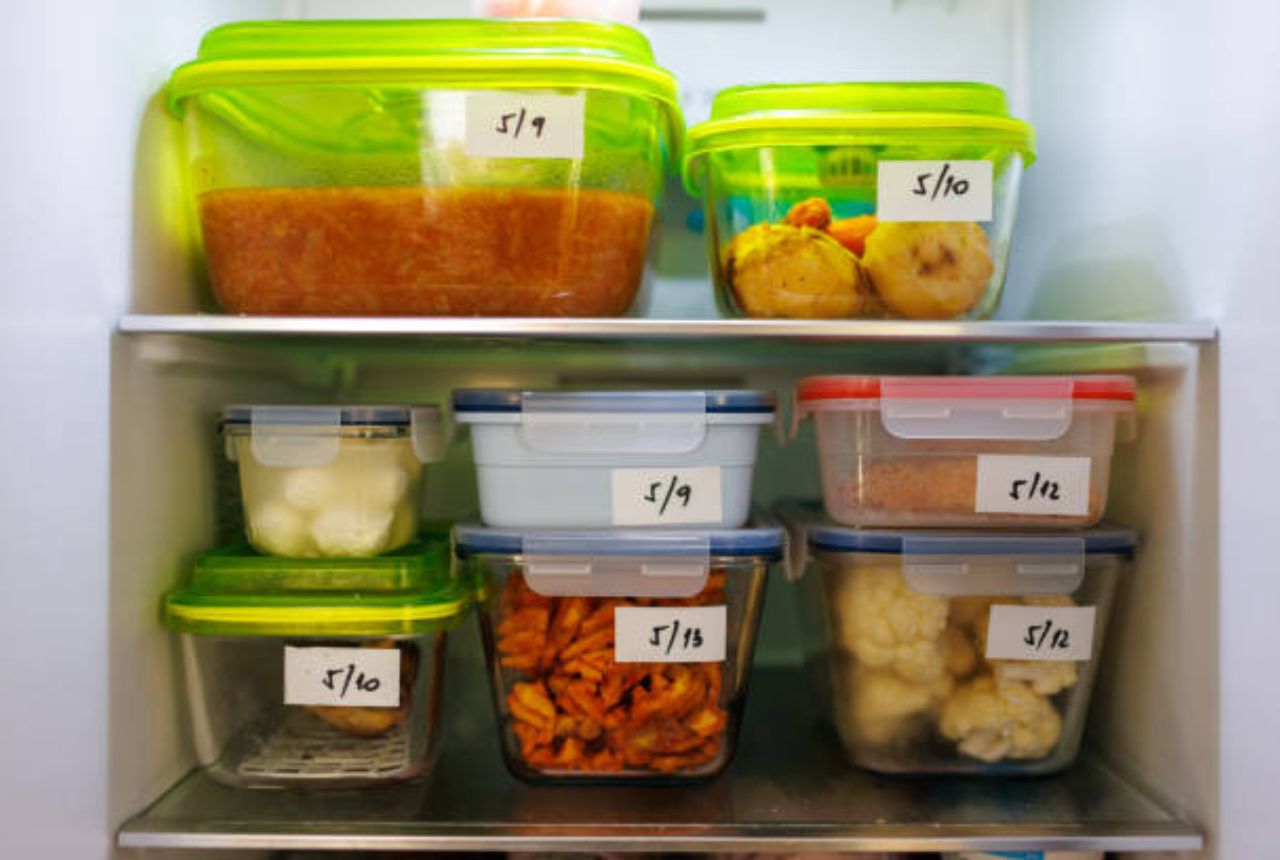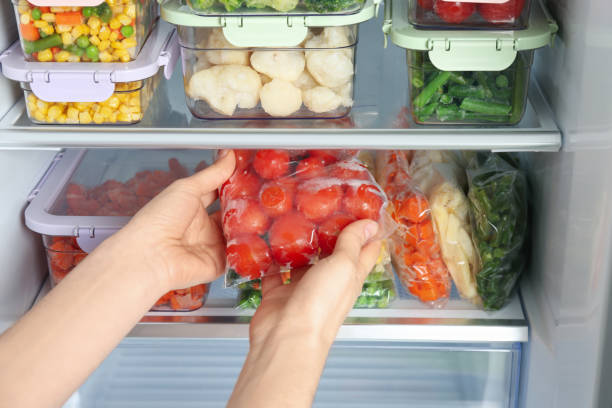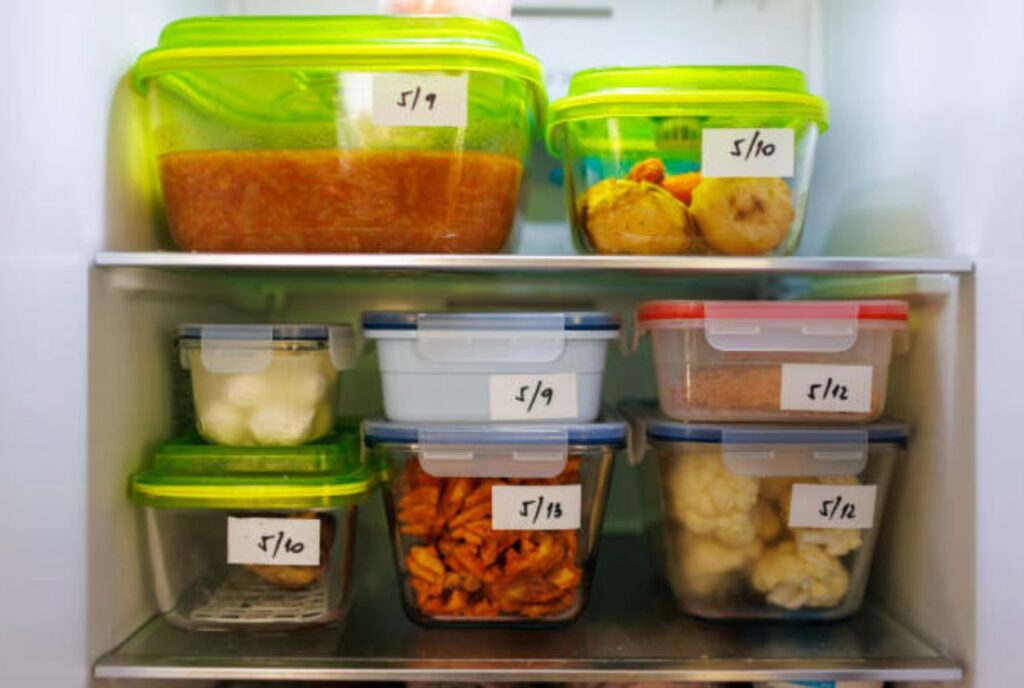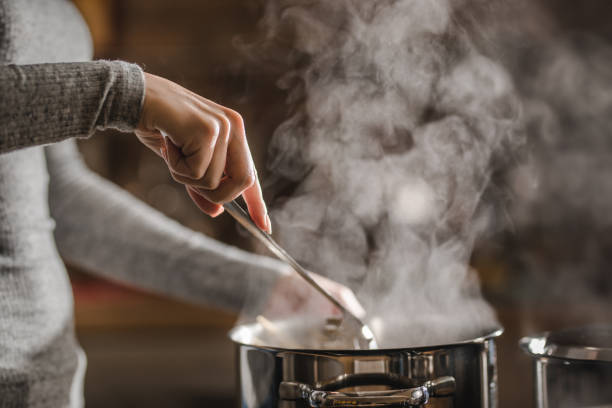Nothing kills the joy of last night’s amazing dinner like soggy, weird-smelling leftovers. You know that lasagna was glorious fresh out of the oven, but now it’s a sad, dried-out shadow of its former self.
What if I told you there’s a way to keep your leftovers tasting almost as good as day one?
I’ve had my fair share of food fails (RIP, that one time I left soup in a questionable container overnight), but over the years, I’ve cracked the code on how to store leftovers the right way. No more mystery smells or tragic texture changes—just delicious, next-day meals that actually make you excited to open the fridge.
Ready to become a leftovers wizard? Let’s dive in.
1. The Golden Rule
Ever put steaming-hot food straight into a container and popped it in the fridge? Yeah, we’ve all been there. But here’s the thing: trapping heat = bacteria party.
Not only does this make your food spoil faster, but it also turns your fridge into a sauna, which is not great for everything else in there.
Pro tip: Let food cool for about 20-30 minutes (covered loosely with foil or a lid to keep pests out) before sealing it up. Just don’t leave it out for more than two hours—food safety first, folks.
2. Choose the Right Containers
Not all containers are your leftovers’ BFFs. Here’s the breakdown:
Glass Containers (The MVP)
- Why they rock: Non-porous, won’t absorb smells, and microwave-safe. Plus, they keep flavors intact.
- My go-to: Mason jars for soups, Pyrex for everything else.
Plastic Containers (Convenient but Flawed)
- Fine for short-term storage, but over time, they absorb stains and odors.
- Avoid reheating in cheap plastic—nobody wants melted chemicals in their pasta.
Aluminum Foil & Plastic Wrap (Emergency Use Only)
- Great for wrapping a sandwich, but terrible for long-term storage. Air sneaks in, and your food dries out.
Bonus Hack: Vacuum Sealers
If you really want to level up, vacuum sealers remove air and keep food fresh way longer. (Just don’t try this with soups—trust me.)
3. Label & Date Everything
“Is this chili from Tuesday… or last month?” If you’ve ever played this dangerous game, you know the struggle. Labeling leftovers saves lives (or at least your stomach).
- Use masking tape & a marker (or these cute fridge labels I’m obsessed with).
- Follow the 3-4 day rule for most leftovers. After that, it’s a gamble.
4. Where You Store Matters (Fridge vs. Freezer)
Not all foods belong in the same place. Here’s the cheat sheet:
Fridge Staples (Eat within 3-4 days)
- Cooked meats
- Rice & pasta (more on this later)
- Soups & stews
- Dairy-based dishes (like mac & cheese)
Freezer Heroes (Last for months!)
- Casseroles
- Bread & baked goods
- Broths & sauces
- Pre-portioned meals (meal prep win!)
FYI: Freezer burn isn’t dangerous, but it does make food taste like cardboard. Wrap things tightly!
5. Reheat Like a Pro
Nothing ruins leftovers faster than nuking them into a rubbery mess. Here’s how to bring them back to life:
Low & Slow Wins the Race
- Microwaving at full power = uneven, sad food.
- Use 50-70% power and stir occasionally.
Add Moisture Back
- Sprinkle water on rice or cover soups with a damp paper towel.
- For pizza? Skip the microwave—revive it in a skillet for crispy crust.
Oven & Air Fryer Magic
- Reheat fried foods in the air fryer (thank me later).
- Casseroles? Oven at 350°F with foil to prevent drying.
6. Foods That Don’t Play Nice as Leftovers
Some foods just won’t cooperate, no matter what you do:
- Salads with dressing → Turns into a soggy mess. Store dressing separately.
- Fried foods → Lose crispiness fast. Reheat in the air fryer for best results.
- Avocados & bananas → Brown almost instantly. Lemon juice helps, but eat them fresh if you can.
Final Thoughts
With the right storage tricks, last night’s dinner can be today’s delicious lunch—not a science experiment. Quick recap:
✔️ Cool food before sealing
✔️ Use glass containers when possible
✔️ Label & date everything
✔️ Store in the right place (fridge vs. freezer)
✔️ Reheat with care
Now go forth and conquer those leftovers like a pro. And hey, if you still end up with a questionable container in the back of the fridge… well, sometimes you just gotta live dangerously.
What’s your best leftovers hack? Drop it in the comments—I’m always looking for new tricks!










